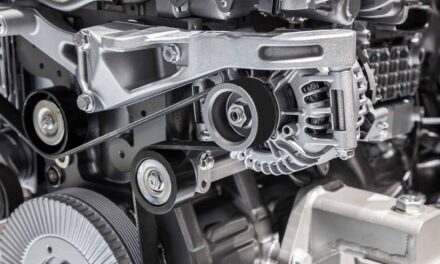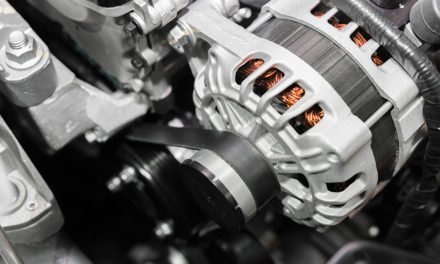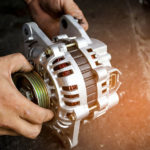An automotive alternator is a complex component at the heart of the electrical system. It contains an outside stationary winding, the stator and a rotating inner winding or rotator. Voltage runs through the voltage regulator and then to the rotor to energize the alternator and transform it into a magnet. The drive belt that makes it turn operates the rotor. The magnetic field produced by the rotor makes AC current in the stator. The diodes convert the AC current to DC current to operate a vehicles electrical system. The voltage regulator is typically built in to the alternator and it controls the output of voltage.
Reasons for Alternator Failure
Any portion of the complex alternator can fail including the inner and outer bearings. A warning sign of bearing failure is when the alternator whines. Carbon brushes inside of the alternator can be worn as well as the contact rings and the voltage regulator, all of which lead to mechanical failure. Rebuilding an alternator includes replacing all of these parts within it.
The alternator is a workhorse of power to produce electricity to the entire vehicle to recharge the battery, power the headlights and all electrical accessories, run the fuel pump and injectors as well as the ignition system. This places a tremendous load on an alternator as it generates a massive amount of internal heat as it runs. The diodes that convert AC to DC electrical current can overheat and burn out, causing a mechanical failure of an alternator. Vehicles that are driven in traffic and idle for a long period of time with high electrical loads can generate enough heat to also damage the stator, rotor windings, brushes and even the wiring leads to the alternator.
A vehicle starts by using electricity from the battery. After starting, the alternator supplies the electricity to a car and also recharges the battery so you can crank the engine again. If the vehicle has an older battery, it may not be holding the charge that the alternator is supplying to it. Loose battery cables or cables with corrosion on them will not allow the full current load to be returned to the battery from the alternator. Jump-starting a dead battery that only keeps the engine running for a very short time is an indication of a bad battery. Replacing batteries when they near the end of the warranty period is advisable to keep customers from having a stalled vehicle on the side of the road prematurely.















Trackbacks/Pingbacks